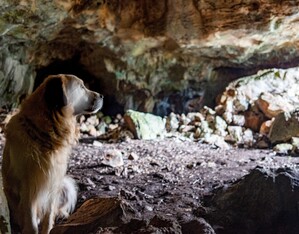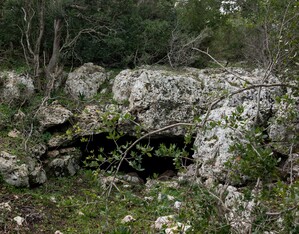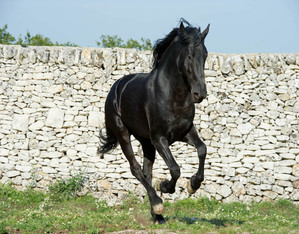This garden nestles in a gently undulating landscape of alternating hills and karst, characterized by olive groves, almond groves and vineyards, interspersed with beautiful forests of fragno oak, a species unique in Italy.
Part of a vast property spanning some 180 hectares, the farmhouse was built in 1849 in a panoramic position. The building features a number of defensive elements, such as machicolations to protect against banditry. The manor house presents a number of elements typical of 19th-century urban palaces in nearby Martina Franca. The next-door chapel is crowned by a stone statue of San Martino, patron saint of Martina Franca. The large open space in front of the house is bordered by a complex of “trulli” which presumably dates back to the 18th century, and was formerly used as a dwelling for the farmer, to shelter animals and to store hay. The manor house and service rooms are separated from the woodland by a dry stone wall that is more than a metre thick, featuring indentations for mangers once used for outdoor animal housing. The surrounding farmland is characterized by fields, generally of a small size, bounded by an extensive network of dry stone walling. The colour palette ranges from the light green of the small oak woods to the pastel colours of Mediterranean undergrowth (mastic tree, strawberry tree, laurel, rosemary, oregano, broom, cistus, sage, wild orchids, crocus and cyclamen), dark green old-growth olive trees, bright green vineyards, white dry stone walling, and the red soil of the countryside.




